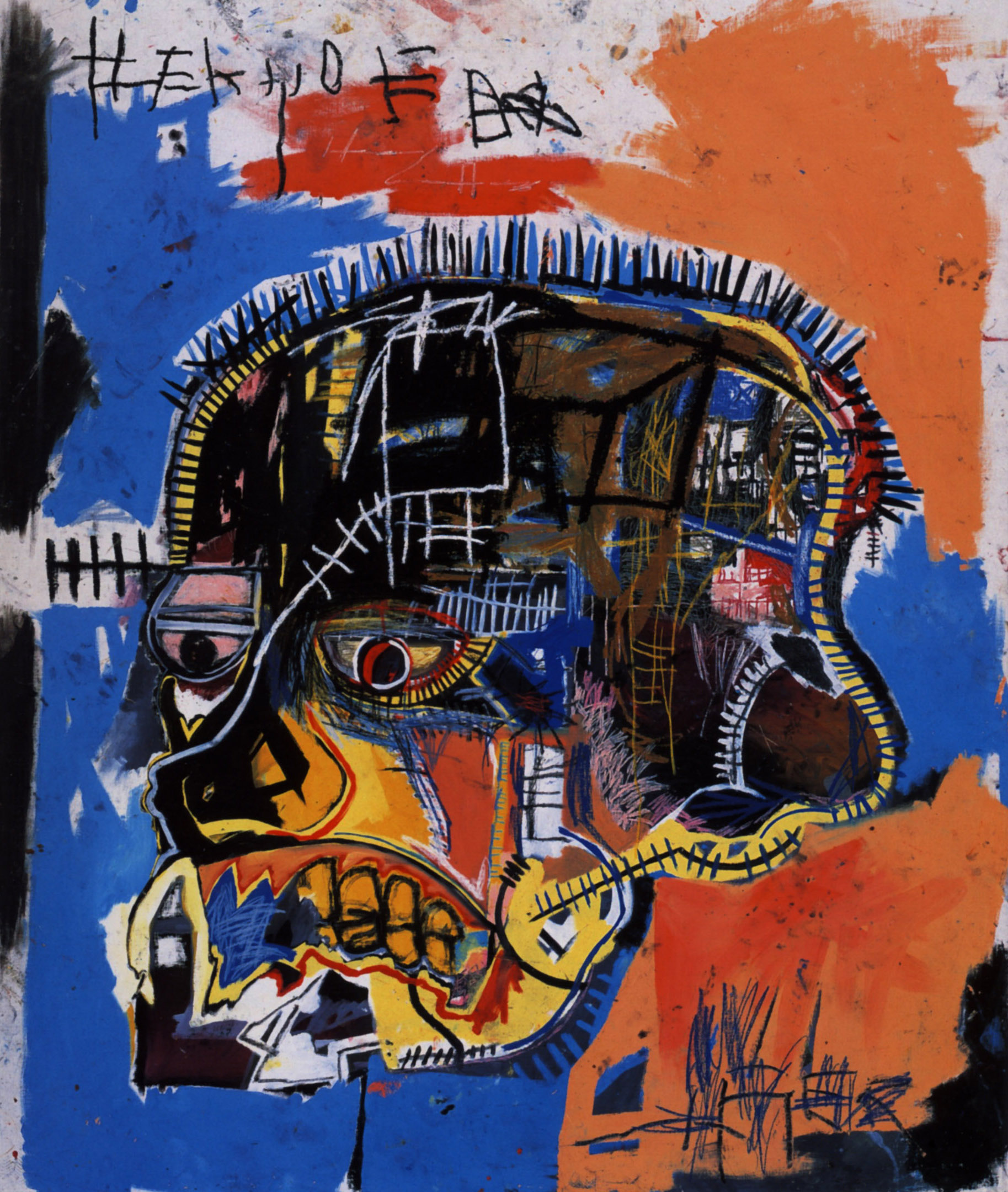The Artistic Legacy of Jean-Michel Basquiat: A Deep Dive into His Life and Impact
Key Takeaways
- Jean-Michel Basquiat was a pioneering figure in the art world, known for his unique style that combined graffiti, abstract expressionism, and cultural commentary.
- His work often addressed themes of race, identity, and social inequality, making him a voice for marginalized communities.
- Basquiat’s collaborations with Andy Warhol and other prominent artists of his time helped solidify his status in the art community.
- Despite his untimely death at the age of 27, Basquiat’s influence continues to resonate in contemporary art and culture.
- His artworks have reached record-breaking prices at auctions, reflecting his enduring legacy and impact.
Introduction

Jean-Michel Basquiat, a name that reverberates throughout the art world, was a revolutionary artist whose work transcended the traditional boundaries of art. Born on December 22, 1960, in Brooklyn, New York, Basquiat’s meteoric rise to fame in the 1980s was marked by a distinctive style that merged graffiti with neo-expressionism, creating a visual language that was both raw and poignant. This article delves into the life, art, and enduring legacy of Jean-Michel Basquiat, exploring why he remains a pivotal figure in the art world today.
Early Life and Influences

Jean-Michel Basquiat was born to a Haitian father and a Puerto Rican mother, a multicultural background that deeply influenced his artistic vision. From a young age, Basquiat was exposed to art and culture, visiting museums and learning about different artistic traditions. His mother, Matilde, encouraged his artistic pursuits, fostering a love for drawing and painting.
Basquiat’s early exposure to the New York City graffiti scene played a crucial role in shaping his artistic style. As a teenager, he adopted the pseudonym “SAMO” and began tagging buildings with cryptic messages, blending street art with social commentary. This period of his life laid the foundation for his later works, which often featured text interwoven with imagery.
The Rise to Prominence
In the late 1970s and early 1980s, Basquiat’s career began to take off. He transitioned from street art to gallery exhibitions, capturing the attention of the art world with his bold and provocative pieces. His work was characterized by a fusion of symbols, words, and vibrant colors, often addressing themes of race, identity, and power dynamics.
Basquiat’s breakthrough came in 1981 when he participated in the “New York/New Wave” exhibition at the MoMA PS1. This exposure led to a series of successful solo exhibitions, solidifying his status as a rising star in the art community. His collaboration with pop art icon Andy Warhol further elevated his profile, resulting in a series of joint works that challenged conventional artistic norms.
Thematic Exploration in Basquiat’s Art
Basquiat’s art is renowned for its complex layering of themes and symbols. His works often grapple with issues of race and identity, reflecting his own experiences as a Black artist in a predominantly white art world. He frequently incorporated African-American historical figures and cultural references into his paintings, creating a dialogue about representation and marginalization.

Another recurrent theme in Basquiat’s art is the exploration of power structures and social inequality. His pieces often feature crown motifs, representing both empowerment and the burden of societal expectations. Through his art, Basquiat challenged viewers to confront uncomfortable truths about society and their own perceptions.
Legacy and Influence
Jean-Michel Basquiat’s impact on the art world is immeasurable. Despite his untimely death from a heroin overdose at the age of 27, his legacy endures through his influential body of work. Basquiat’s art continues to inspire contemporary artists and resonates with audiences worldwide, transcending cultural and generational boundaries.
His work has achieved record-breaking prices at auctions, a testament to his lasting significance. In 2017, his painting “Untitled” (1982) sold for $110.5 million, making it one of the most expensive artworks ever sold. This recognition underscores Basquiat’s status as a seminal figure in modern art, whose contributions continue to shape the artistic landscape.
Jean-Michel Basquiat’s life and art remain a source of fascination and inspiration. His ability to convey profound messages through his unique visual language has left an indelible mark on the art world. As we reflect on his legacy, it is clear that Basquiat’s work will continue to challenge and inspire future generations, ensuring his place in the pantheon of great artists.
In celebrating Jean-Michel Basquiat, we not only honor his artistic genius but also acknowledge his role as a cultural icon who used his platform to give voice to the voiceless. His story is a testament to the power of art as a tool for social change, a legacy that will undoubtedly endure for years to come.…






